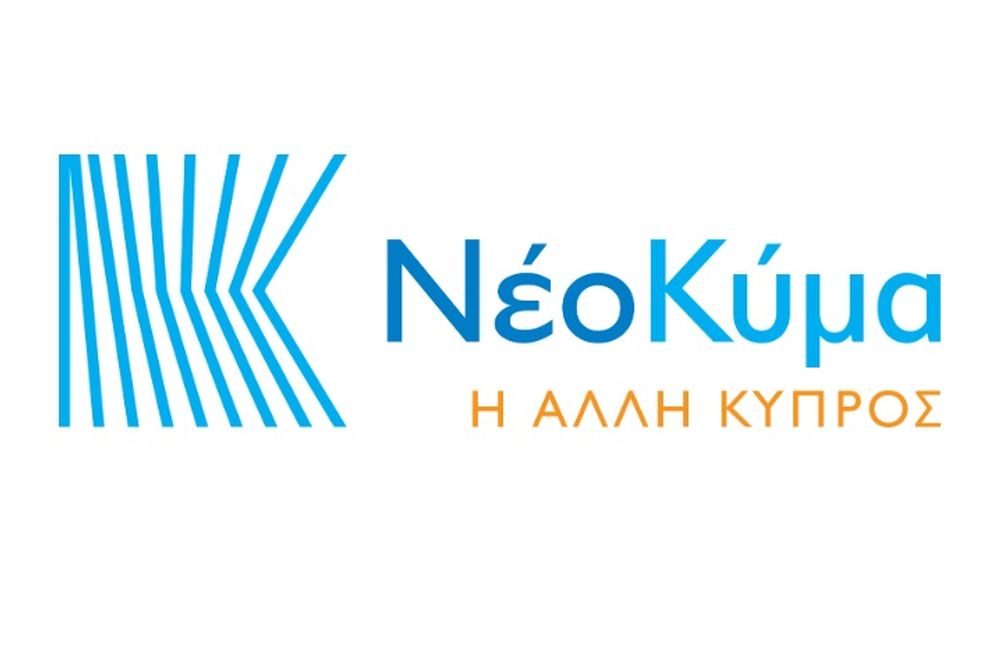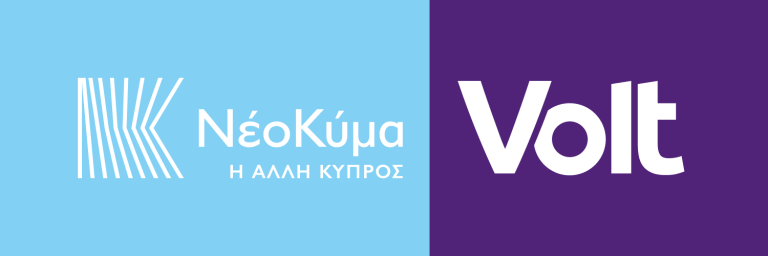
Data is an essential resource that powers the information economy in much the way that oil has fueled the industrial economy. Information can be extracted from data just as energy can be extracted from oil. The life cycle of oil is defined by process: extraction, refining, distribution. The life cycle of data is defined by relationships: with other data, with context and with itself via feedback loops.
Data has been hailed as the new gold, oil, and soil out of which invaluable products, services and progress shall arise. That may be true but the fact of the matter is that data is just symbols, mostly numbers: zeros and ones. This applies even to the most complex algorithms, and most of what we mean when we talk about Artificial Intelligence is classification software that assigns zeros or ones to match different variables or predict patterns at scale. To be sure, in most relevant areas of life, we still need human expertise to translate data into insights, and the willingness to act on those insights is what ultimately makes someone data-driven. Data without insights is meaningless, and insights without action are pointless.
Artificial Intelligence lives and breathes with data. But how can organizations manage “unknowns unknowns” when no past data is available to extract information and create actionable insights? How can enterprises innovate in uncharted waters when the only navigational instruments available are uncertainty, randomness, asymmetry, disorder, chaos, variability, fluidity, complexity, volatility and risk?
In today’s asymmetrical environment, organizations cannot innovate with linear models and static tools; new, flexible strategies, polyparamertric approaches and dynamic tools are needed.
It would totally miss the point to regard uncertainty primarily as a problem for decision makers. Uncertainty safeguards the openness of the future, and provides the space for human decisions. The challenge is to find ways to use the abundant ‘natural resource’ of uncertainty as raw material for innovation.
As Nassim Taleb mentions in his book The Black Swan – The Impact of the Highly Improbable “Indeed, the notion of asymmetric outcomes is the central idea of this book: I will never get to know the unknown since, by definition, it is unknown. However, I can always guess how it might affect me, and I should base my decision around that […] This idea that in order to make a decision you need to focus on the consequences (which you can know) rather than the probability (which you can’t know) is the central idea of uncertainty […] As it happens, many rare events yield their structure to us: it is not easy to compute their probability, but it is easy to get a general idea about the possibility of their occurrence. We can turn these Black Swans into Grey Swans, so to speak, reducing their surprise effect.”
Miller introduced a three-step model that exemplifies how firms convert asymmetries into resources enabling them to benefit from competitive advantage. Building capabilities out of asymmetries involves that the firm is capable of doing three things well:
1. Discover the asymmetries and discern the potential between them; identify the asymmetric resources embedded within the institutional, technological, and market contexts.
2. Turn asymmetries into capabilities by strategically embedding them within an organizational design configuration that exploits them and sustains their development.
3. Match asymmetry-derived capabilities to market opportunities by developing asymmetric innovation strategies.
In the realm of military affairs and national security, asymmetry is acting, organizing, and thinking differently than opponents in order to maximize one’s own advantages, exploit an opponent’s weaknesses, attain the initiative, or gain greater freedom of action. It can be political-strategic, military-strategic, operational, or a combination of these. It can entail different methods, technologies, values, organizations, time perspectives, or some combination of these. It can be short-term or long-term. It can be deliberate or by default. It can be discrete or pursued in conjunction with symmetric approaches. It can have both psychological and physical dimensions. Forms of asymmetry in the military include: asymmetry of method, asymmetries of technology, asymmetries of will, asymmetry of morale, asymmetries of organization, superior training or leadership, material or psychological.
Andrew Rader, in his book Beyond the Known notes that: “Evolution is the only means by which complexity can emerge, by gradually accumulating tiny changes over millions or billions of years. Because mutations are random. It’s sometimes supposed that evolution is random, but in fact it’s precisely the opposite. Evolution is a directed means of finding solutions by trial and error”.
In his book Antifragile, Things That Gain From Disorder Taleb describes the barbell (or bimodal) strategy as a way to achieve antifragility: “An option is what makes you antifragile and allows you to benefit from the positive side of uncertainty, without a corresponding serious harm from the negative side […] Let us call trial and error tinkering when it presents small errors and large gains […] The antifragile needs to select what’s best – the best option […] Trial and error… is not really random, rather, thanks to optionality, it requires some rationality. One needs to be intelligent in recognizing the favorable outcome and knowing what to disregard […] We can, from the trial that fails to deliver, figure out progressively where to go […] Innovation is precisely something that gains from uncertainty: and some people sit around waiting for uncertainty and using it as raw material, just like our ancestral hunters”.
The field of innovation is concerned with finding Black Swans, rare events that capture significant returns. The strategy is to tinker as much as possible and try to collect as many Black Swan opportunities as you can. Antifragile risk taking is largely responsible for innovation and growth.
The structure of an innovation should be antifragile-by-design, capable of gaining from volatility, variability, randomness, uncertainty and time by minimizing exposure and harm from negative (unfavorable) asymmetries and maximizing exposure and benefit from positive (favorable) asymmetries (more upside than downside from volatility and randomness). The first step is the detection and removal of fragilities (vulnerabilities) and the elimination of the risk of ruin. Positive Black Swans (opportunities) also have a necessary first step: you need to be exposed to them.
©Meta–innovation, the new dynamic model I have developed, describes in detail 50 cross-cutting tools and creativity techniques which can help organizations modify their exposure accordingly – maximize exposure to positive asymmetries (opportunities) and minimize exposure to negative asymmetries (dangers). Some of the most important asymmetric innovation strategies and cross-domain tools for harnessing Antifragility are listed below:
Agile Operating Model, Modularity, Diversification, Heterogeneity, Pivoting, Organization Simplification, Frugal Innovation, Standardization, Evolvability, Differentiated Branding, Systemic Resilience, Configuration Management, Convexity, Morphological Analysis, Dynamic Scenarios, Big Data Analytics, Network Effects, Human Risk Analytics, Antifragility, Convexity to Uncertainty, Weak Signals, Wild Cards, Hybrid Models, Short Innovation Cycles, Staying ahead of the Innovation Curve, Innovation Symmetry, Revealing the Uncertainty: turning a Black Swan into a Grey Swan, Open Source Data etc.
©Meta–innovation can be defined as the optimal configuration of factors, features and distinctive capabilities from the four basic types of innovation: product, process, organizational and communication. This combinatorial strategy: a) Increases the chances of achieving innovation results and b) has dual objectives –to discover and exploit positive asymmetries (opportunities) and to avoid negative asymmetries (dangers). The discovery and exploitation of positive asymmetries can create transformative, disruptive innovations and achieve exponential multiplicative results and benefits.
This powerful strategic tool can help:
1. Maximize the impact –scientific, economic, social– of innovation.
2. Boost competitiveness, create jobs and generate sustainable growth.
3. Increase cross-cutting creativity and innovation capability.
4. Facilitate real-time or near real-time innovation by combining human creativity with AI capabilities.
5. Strengthen both pillars of National Power: Economic and Military.
The new Innovation Paradigm is presented analytically –theory, applications, Creativity Workshop– in a 210-page Manual I have prepared. It can be applied in all domains, levels, scales and sizes: Public Services, Smart Communities, Business (startups and large corporations), Banks, Risk Managing Innovation, Economic Diplomacy, the Armed Forces / Smart Defense, Circular Economy, Quality Management, Turning Big Data into Actionable Insights etc. Furthermore, this versatile, dynamic tool can be used for: a) The Design and Implementation of EU Programs (Horizon Europe, Green Deal, Recovery Fund etc.) and b) achieving the double objective: reopening the economy while containing Covid-19.
*Nicos G. Sykas is a Strategy, Communications and Innovation Consultant


